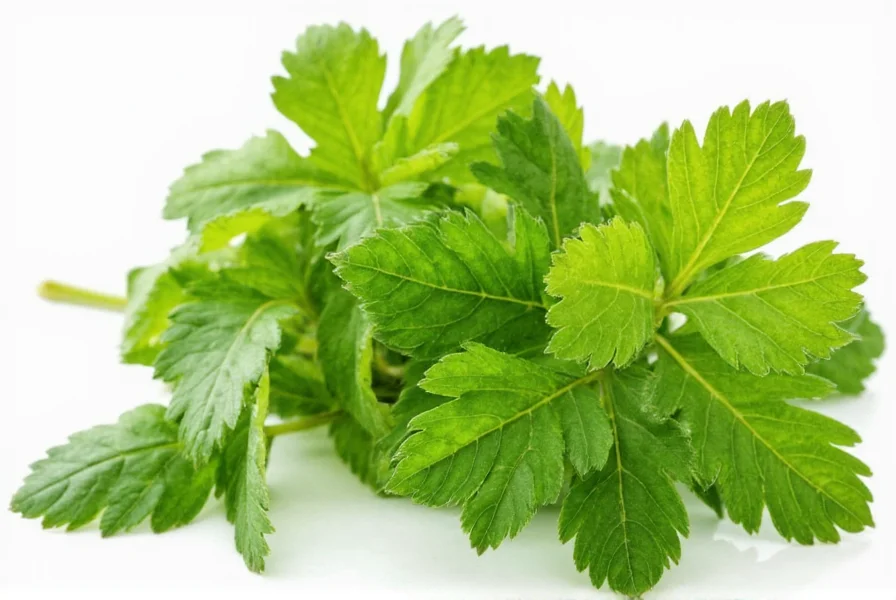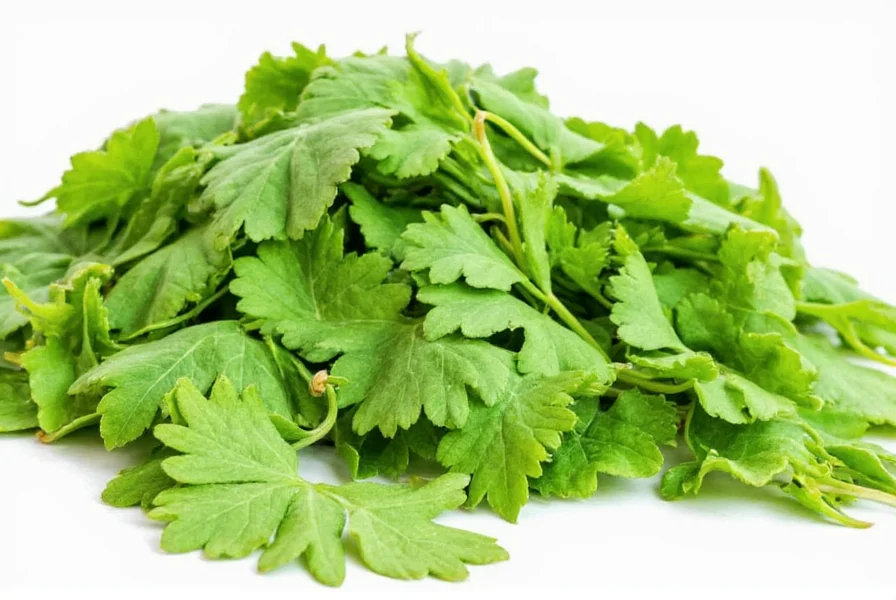Mustard greens represent one of the oldest cultivated leafy vegetables, with historical use spanning Asian, African, and European culinary traditions. These fast-growing brassicas thrive in cool seasons and deliver robust flavor profiles that range from mildly peppery to intensely spicy depending on variety and maturity.
Understanding Mustard Leaf Varieties
Gardeners and chefs encounter several distinct mustard leaf types, each with unique characteristics:
| Variety | Flavor Profile | Best Harvest Stage | Common Culinary Uses |
|---|---|---|---|
| Green Wave | Moderately spicy | 30-40 days | Salads, stir-fries |
| Red Giant | Peppery with earthy notes | 45-60 days | Soups, braised dishes |
| Tatsoi | Mild mustard flavor | 25-35 days | Raw in salads, baby greens |
| Mizuna | Delicate peppery taste | 30-40 days | Salad mixes, garnishes |
Nutritional Profile and Evidence-Based Health Benefits
Mustard greens deliver exceptional nutritional density per serving. A single cup (56g) of raw mustard leaves provides:
- 271% of daily vitamin K requirement
- 95% of vitamin A needs
- 35% of vitamin C requirement
- Significant calcium, manganese, and folate
Research published in the Journal of Agricultural and Food Chemistry confirms that mustard greens contain high levels of glucosinolates, sulfur-containing compounds that convert to isothiocyanates during chewing or cutting. These bioactive compounds demonstrate potential anti-inflammatory effects and may support cardiovascular health through multiple physiological pathways.
Unlike some leafy greens, mustard varieties maintain their nutritional integrity through various cooking methods. Steaming preserves approximately 85% of vitamin C content, while light sautéing enhances the bioavailability of fat-soluble vitamins like A and K.
Culinary Applications Across Global Cuisines
Chefs worldwide utilize mustard greens in diverse preparations that balance their inherent pungency:
In Southern US cooking, how to cook mustard greens traditionally involves slow braising with smoked meats, vinegar, and a pinch of sugar to mellow the sharpness. Indian cuisine features rai sarson in dishes like sarson da saag, where mustard leaves combine with other greens and spices.
For beginners exploring mustard leaf recipes for beginners, consider these approachable techniques:
- Massaging raw leaves with lemon juice and olive oil to reduce bitterness
- Adding young leaves to smoothies for nutritional boost
- Stir-frying with garlic and ginger for 2-3 minutes
- Blanching before incorporating into quiches or frittatas
Successful Cultivation Practices
How to grow mustard leaves successfully requires attention to seasonal timing and soil conditions. These cool-weather crops perform best when planted 2-4 weeks before the last spring frost or in late summer for fall harvest.
For urban gardeners interested in growing mustard greens in containers, select pots at least 6 inches deep with adequate drainage. Fill with quality potting mix and maintain consistent moisture. Container-grown mustard greens typically reach harvest size in 25-40 days when receiving 4-6 hours of sunlight daily.
Companion planting with beets, celery, and tomatoes enhances growth while deterring common pests. Avoid planting near other brassicas to prevent shared disease vulnerability. Regular harvesting of outer leaves encourages continuous production throughout the growing season.

Preservation Techniques for Year-Round Enjoyment
Preserving the harvest extends mustard leaf nutritional benefits beyond the growing season. Effective methods include:
- Freezing: Blanch leaves for 90 seconds, cool in ice water, then freeze in airtight containers (maintains quality for 10-12 months)
- Drying: Dehydrate at 115°F until brittle, then grind into powder for soups and sauces
- Fermenting: Create mustard green kimchi with traditional seasonings for probiotic benefits
When storing fresh mustard greens, wrap them in slightly damp paper towels inside a perforated plastic bag in the refrigerator crisper drawer. Properly stored, they maintain freshness for 5-7 days.
Safety Considerations and Consumption Guidelines
While generally safe, certain considerations apply when incorporating mustard greens into your diet. The high vitamin K content may interact with blood-thinning medications like warfarin. Individuals managing coagulation disorders should maintain consistent consumption levels rather than fluctuating intake.
Raw mustard greens contain goitrogens that may affect thyroid function in sensitive individuals when consumed in excessive quantities. Cooking significantly reduces these compounds. Those with thyroid conditions should consult healthcare providers about appropriate consumption levels.
Final Considerations
Mustard leaves offer remarkable versatility from garden to table, combining exceptional nutrition with culinary flexibility. Whether you're growing mustard greens in containers on an apartment balcony or incorporating them into traditional recipes, understanding their varieties, nutritional profile, and preparation methods maximizes their benefits. As with any whole food, consistent moderate consumption as part of a varied diet delivers the greatest health advantages while minimizing potential concerns.











 浙公网安备
33010002000092号
浙公网安备
33010002000092号 浙B2-20120091-4
浙B2-20120091-4